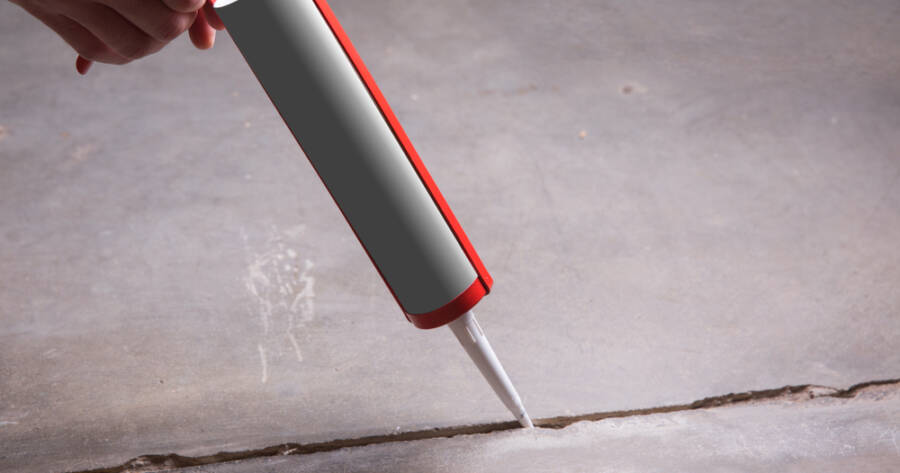Concrete, one of the most durable construction materials, is widely used in structures ranging from sidewalks to building foundations. Over time, however, even the strongest concrete can develop cracks due to various factors such as temperature fluctuations, moisture, and settling. Repairing cracks promptly and effectively is crucial to maintaining the structural integrity and aesthetics of any concrete surface.
Identify the Type of Crack
Before diving into repairs, it is essential to identify the type of crack you’re dealing with. Concrete cracks can be caused by shrinkage, settling, overload, or environmental stress. Hairline cracks, typically caused by shrinkage, can often be handled using simple methods, while structural cracks require more comprehensive repair approaches. Understanding the cause and type of crack helps you choose the appropriate technique for repair.
Using Concrete Crack Sealants
One of the easiest and most common methods for repairing small cracks is using concrete crack sealants. These are available as liquid fillers in squeeze bottles or tubes and are suitable for non-structural cracks, typically less than half an inch wide. The sealant is applied directly to the crack after cleaning it of debris and dust. This technique works well for surface-level cracks, preventing moisture from infiltrating and expanding the crack over time.
Epoxy Injection for Structural Cracks
For more significant, structural cracks that compromise the integrity of concrete, epoxy injections are an effective technique. Epoxy is a strong adhesive that bonds the concrete and restores the original strength of the structure. First, ports are inserted into the crack at regular intervals, and then epoxy is injected under pressure. This method is best left to professionals, as improper application could lead to incomplete bonding or further damage.
Routing and Sealing
For cracks that are wider than hairline but do not require full structural intervention, routing and sealing is an effective approach. This method involves enlarging the crack along its length and then filling it with a flexible sealant. The process of widening the crack helps ensure that the sealant adheres well and provides a lasting repair. This technique is particularly useful for preventing water infiltration, which could otherwise worsen the damage over time.
Concrete Resurfacing
If the concrete surface has multiple small cracks or shows signs of wear, concrete resurfacing might be the best solution. This technique involves applying a thin layer of fresh concrete over the entire surface, essentially giving it a new finish. Resurfacing not only hides minor cracks but also adds a layer of protection against future cracking. The process requires proper surface preparation to ensure the new layer bonds well with the old concrete.
Polymer-Based Repair Mortars
For larger cracks or those that require additional reinforcement, polymer-based repair mortars are highly effective. These mortars contain polymers that provide better adhesion and flexibility compared to traditional cement-based mortars. Before applying the mortar, the crack is typically cleaned and primed, and then the repair mortar is pressed into the crack. This technique is well-suited for areas exposed to significant movement or vibration.
Prevention is Key
While repairing cracks is important, preventing them in the first place is equally crucial. Ensure proper curing during concrete installation to avoid shrinkage cracks, and use control joints to manage where cracks occur. Regularly sealing concrete surfaces can also help protect against moisture infiltration and reduce the likelihood of cracking.
Learn More About Repairing Concrete Cracks
Concrete crack repair is vital for maintaining the safety, functionality, and appearance of concrete structures. Whether you’re dealing with hairline cracks or more serious structural damage, choosing the right technique can make all the difference.
For minor issues, DIY solutions such as crack sealants or resurfacing might suffice, while more serious cracks demand professional intervention with techniques like epoxy injection or polymer-based repair mortars. Addressing cracks early and appropriately can prolong the life of your concrete and save you from more extensive and costly repairs in the future.
